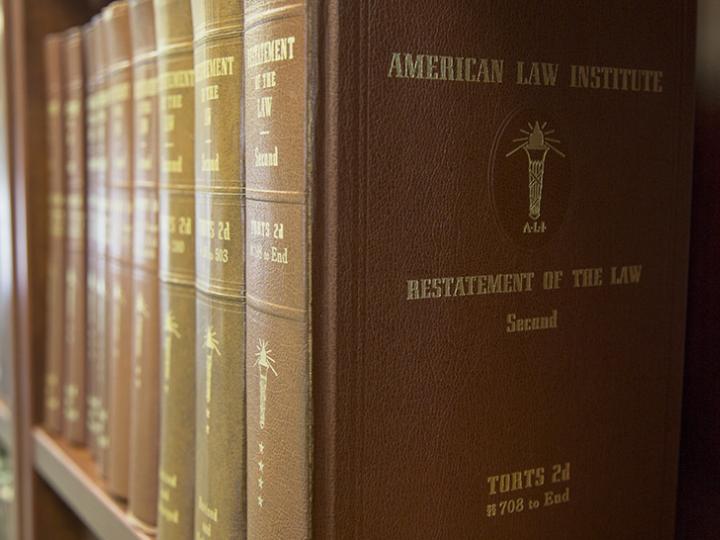The U.S. Supreme Court relied in part on Restatement of the Law Second, Torts §§ 653 and 658 in concluding that the statute of limitations in an individual’s § 1983 action against a prosecutor who allegedly fabricated evidence and used it to pursue criminal charges began to run when the criminal proceedings were terminated in the criminal defendant’s favor, rather than when the evidence was first used against him.
In McDonough v. Smith, No. 18?485 (June 20, 2019), a commissioner of a county board of elections was prosecuted for forging absentee ballots that were submitted in a primary election. After being acquitted on all charges, the commissioner filed a § 1983 action asserting constitutional claims for fabrication of evidence and malicious prosecution without probable cause against the special district attorney who was appointed to investigate and prosecute the matter, alleging that the district attorney falsified affidavits, coached witnesses to lie, and orchestrated a suspect DNA analysis linking the commissioner to the forged ballots in order to inculpate him. The U.S. District Court for the Northern District of New York dismissed the malicious-prosecution claim as barred by prosecutorial immunity and dismissed the fabricated-evidence claim as untimely under the relevant limitations period. The U.S. Court of Appeals for the Second Circuit affirmed.
The U.S. Supreme Court reversed in part and remanded, holding that the limitations period for the fabricated-evidence claim did not begin to run until the commissioner’s acquittal, and was therefore timely. Associate Justice Sonia Sotomayor, writing for the majority, reasoned that the fabricated-evidence claim was most analogous to a common-law malicious-prosecution claim, which, under Restatement of the Law Second, Torts §§ 653 and 658, was a type of claim that accrued only once the underlying criminal proceedings had resolved in the plaintiff’s favor. The Court explained that the essentials of a fabricated-evidence claim—which, here, required the commissioner to show that the criminal proceedings against him and consequent deprivations of his liberty were caused by the district attorney’s malfeasance in fabricating evidence—were similar to the required elements of a malicious-prosecution claim, which, according to Restatement of the Law Second, Torts § 653, required a plaintiff to show, in part, that a defendant instigated a criminal proceeding against the plaintiff with improper purpose and without probable cause. The Court noted that, at bottom, both claims challenged the integrity of criminal prosecutions undertaken pursuant to legal process, and concluded that, in this case, the commissioner could not have brought his fabricated-evidence claim under § 1983 prior to the favorable termination of his prosecution.
Read the full opinion here.
